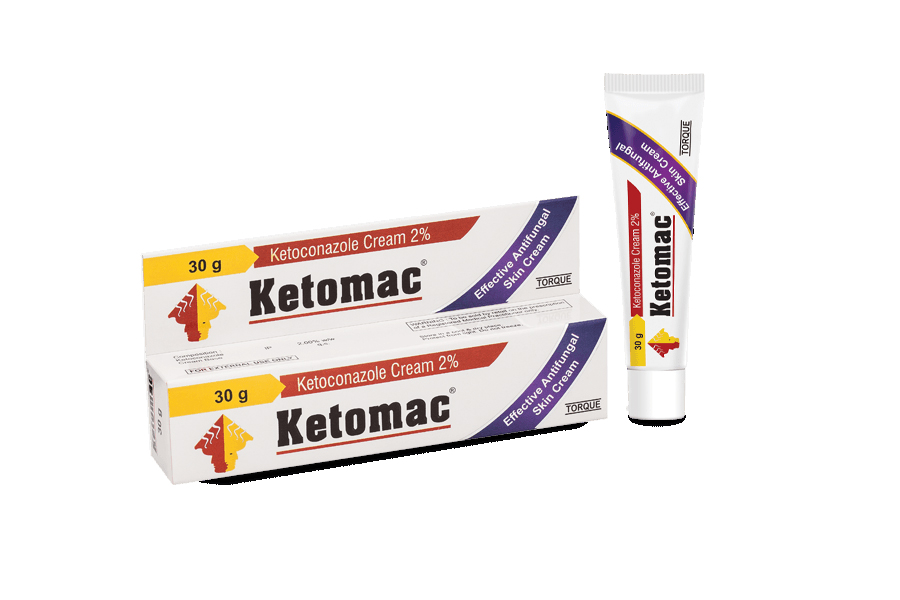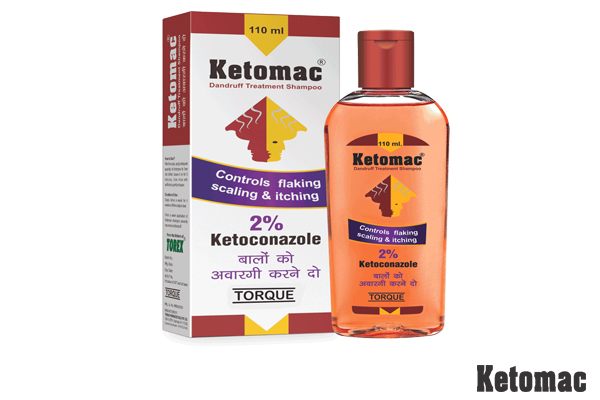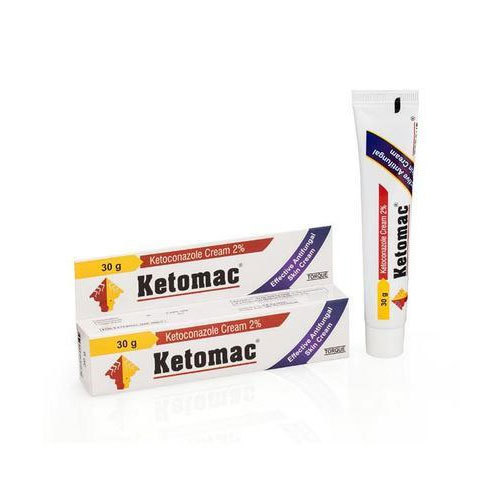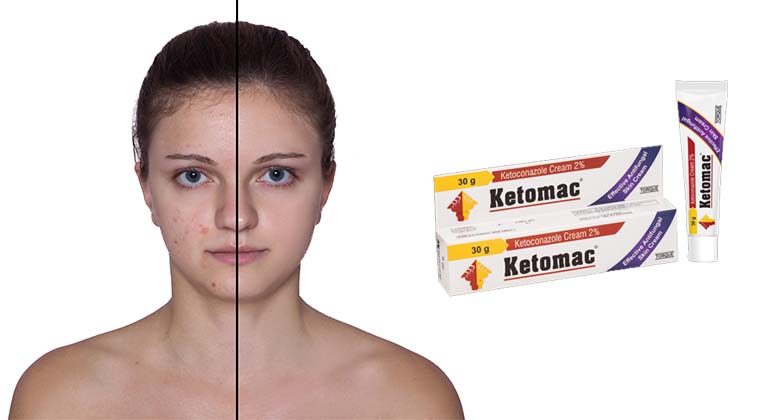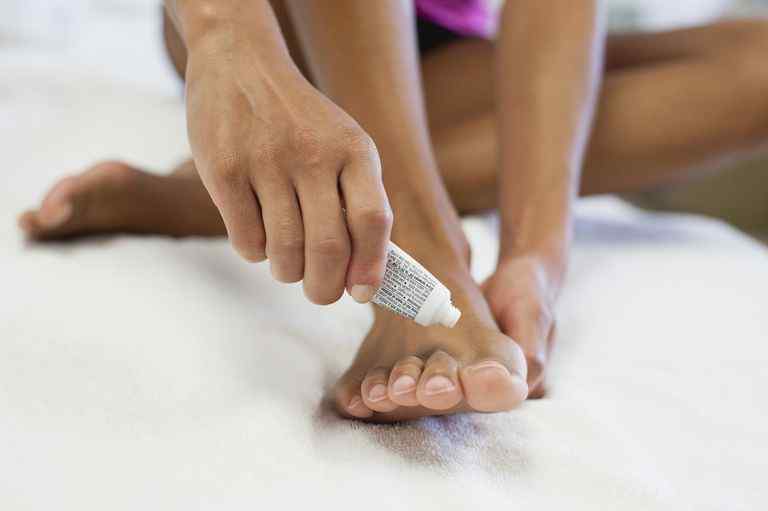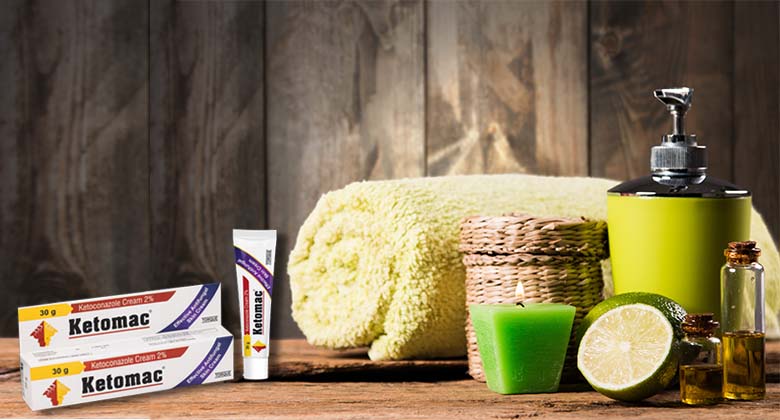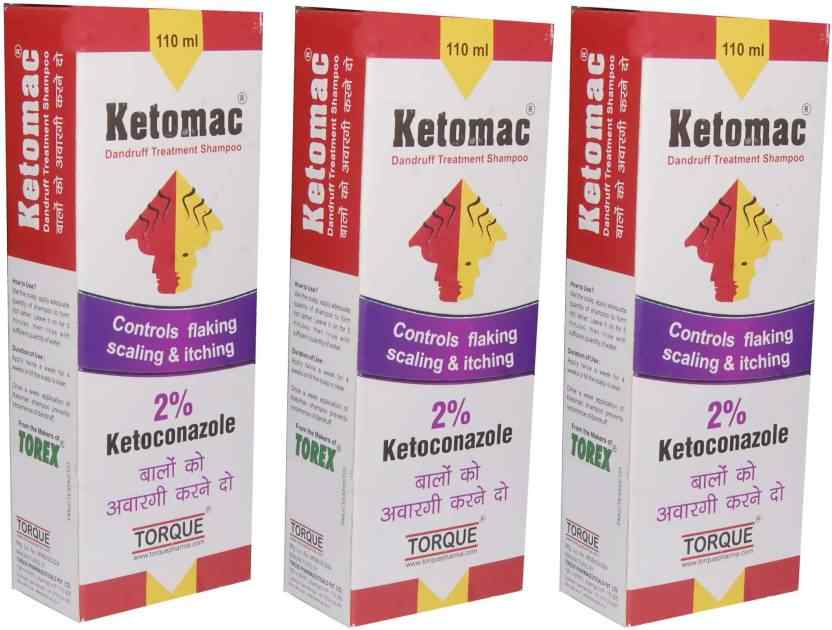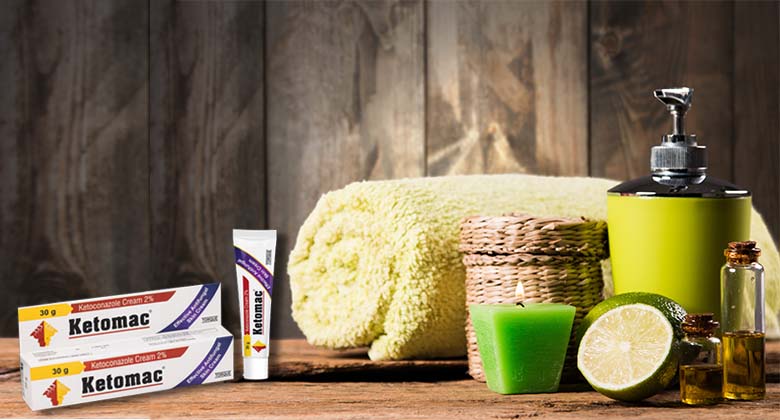Many annoying conditions can get on your nerves if you do not address them adequately. One of the tedious and irritating conditions is foot infection. You know, foot infections emerge when bacteria step on foot in one way or another. It can be either via a wound or through the skin. An infected and harmed foot can be painful and delay mobility, but it might be challenging to treat because its fundamental cause might be challenging to identify.
You know you can get the best treatment for fungal foot infection once you look around. There are creams like Ketomac that can be ideal for healing your feet. If you get this infection, you must not panic because it is something familiar. Foot infections are prevalent because foot wounds are common. The ground is packed with dangerous and sharp objects, and it can pierce the skin and form an opportunity for bacteria to step into the body. Moreover, even microorganisms, like the bacteria that trigger an athlete’s foot and toenail fungus, grow and flourish in this environment. Some situations even may enhance the danger of foot infection.
It is essential to understand that wearing socks and shoes might always create a moist setup. Here, bacteria and fungi might flourish, and walking around barefoot might trigger injuries that lead to eventual infections. The only way to prevent a foot infection is through proper foot maintenance and proper medical attention immediately after a wound or injury. The sooner you act on the condition, the sooner you get a positive reaction.
What are the kinds of foot infections?
These foot infections are prevalent, which means there are various kinds of infections. Common fungi and bacteria trigger some, and many of these are part of the skin’s natural microbiome, while open wounds trigger others. Following, you shall find categories for the most common foot infections.
Fungal
Well, you might have heard this name or term, right? For your information, these are the most common sorts of foot infections. Fungal infections emerge when the feet stay damp for lengthy periods, such as working in wet conditions or sweating. This triggers an athlete’s foot, a prevalent but contagious fungus that might spread through clothing, towels, and floors. Also, remember that nail fungal is also extremely common.
Bacterial or wound-based
Then cracks or cuts in the skin cater to an opportunity for bacteria to step into the body. These bacteria could be on the floor, but they could also be part of your skin’s natural microbiome. Though some wounds could get caused by dangers on the ground, these might also be triggered by ingrown toenails and harmed plantar warts. You would never want your cracks or wounds in the body to lead to any health issues, right?
Diabetic factor
Folks having diabetes have an enhanced risk of foot infection because high blood sugar might harm the skin, blood vessels, and even the nerves in the feet. Additionally, diabetes could reduce blood flow, slowing the healing process and enhancing the risk of developing grave foot infections. Diabetic foot infections always ask for a visit to the doctor.
Post-surgical infection
Now it could be rare. Complications emerging from foot surgery might end up in foot infections. The risk for developing an infection is less than one per cent in fit and healthy individuals, as antibiotics are characteristically provided before surgery to diminish the risk. However, having diabetes or other immune system situations might enhance the risk for a person, as can smoking.
Athlete’s foot
Once a rash, itchiness, and flaking develop between the toes, it is most frequently related to an all-too-uncommon situation known as athlete’s foot (tinea pedis). In this situation, fungus flourishes in moist environments such as gyms and saunas and might flourish in sweaty socks and shoes. It is highly transmissible and can be willingly spread through contaminated floors, towels, or clothing.[you need to remember that athlete’s foot might be caused by any number of fungi, encompassing those associated with ringworm. The good news is that most of the instances might be identified by symptoms alone. More severe or recurring cases could benefit from a microscopic examination of a skin scraping, known as a Koh test.
When should you go to any doctor for a sick foot?
Though these fungal infections are easily treated with over-the-counter medications like creams, some would require medical or surgical treatment. If your infection triggers swelling, heat, a bad smell, and even that makes walking difficult, you will require to see a doctor for an antibiotic medication. However, if you are experiencing more severe signs, you should look for emergency medical treatment. Such a thing can include any of the following experiences.
Red streaks
The red streaks, or that of any slow-moving red line, might indicate infectious lymphangitis. This condition occurs when the infection invades the lymphatic system or bloodstream. This can swiftly trigger infection throughout the body and immediately demands a doctor’s help. There is no harm in visiting a doctor to ensure that your health is best.
Do you experience fever and chills?
Then it is something that could indicate that the infection has spread. It would be crucial that you seek medical assistance right away. You need to visit the doctor and examine yourself to ensure that you are not experiencing any harmful conditions. Or even if your foot infection is getting adverse, the right and timely creams and medicines can do wonders.
Crackling noise
Well, it is also a clear sign. This is a symptom that is particular to gangrene or even localized body tissue decomposition. This sign is typically accompanied by extreme discolouration, swelling, and even foul odour. In many instances, gangrenous appendages need to be amputated. Yes, if you get it on your feet, you might lose them. So, it is critical to meet the doctor right away and find out the solution in time.
It is quickly spreading swelling or redness.
Then there are always times when you experience swelling, and these signs may indicate cellulitis, an extreme form of infection. This emerges when a bacterial infection reaches more deep layers of the skin. This infection might conveniently spread to the lymph nodes and even the bloodstream. If the case is not treated quickly, the condition could be life-threatening.
Remember that in case you have diabetes, you must visit the doctor as soon as you suspect a foot infection. For this reason, you could be predisposed to developing a more severe condition. It is worth remembering that seeing a doctor at the first symptom of a severe infection can radically reduce the danger of complications.
Conclusion
So, you can find out the best cream for foot infections like that Ketomac and ensure that your feet are safe and hygienic. Once you take good care of your feet, you experience the utmost effectiveness.

























































